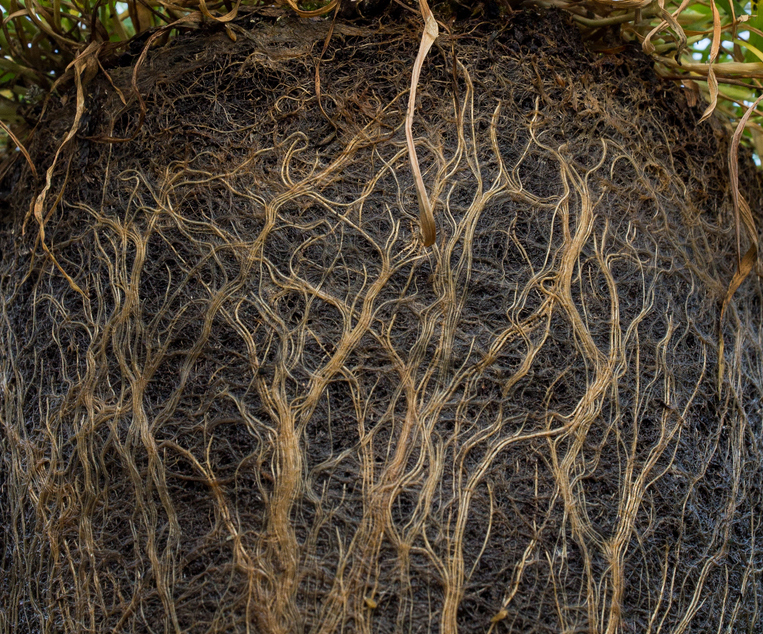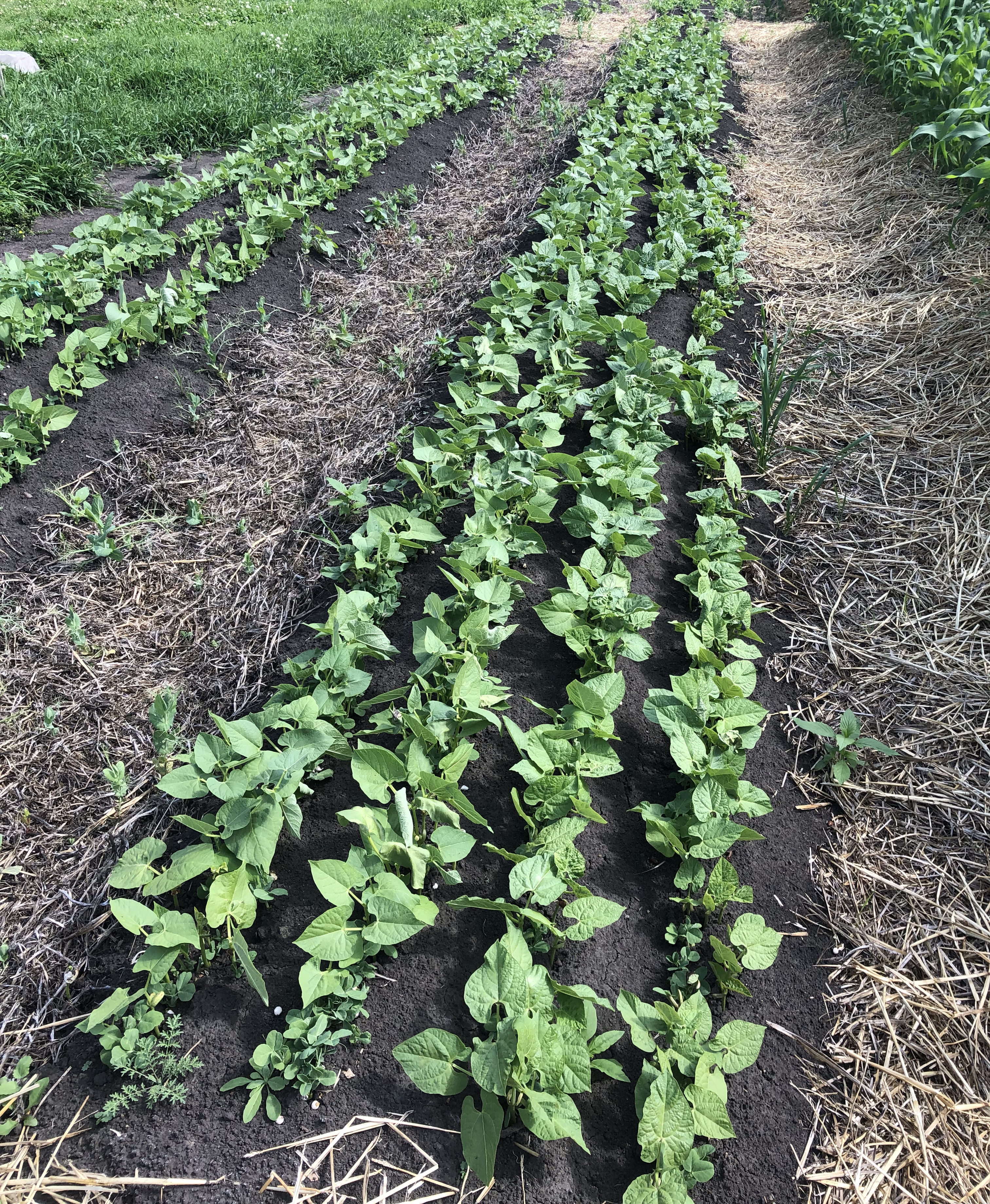
The fourth pillar of soil health
The fourth pillar of soil health is continuous live root/plant through the growing season.
There are five principles that work together to create healthy soil. When soil is healthy, it means our plants are healthy. Healthy plants are less likely to be infected by plant diseases or infested by insects. Healthy plants also mean increased yields in vegetable plants so prairie gardeners can reduce how much they grow to reap the same amount of harvest.
The five principles are: soil armour, minimize soil disturbance, plant diversity, continual live root/plant and livestock.
Click the additional articles below to learn more about the other four pillars.
Plants can help sequester carbon in the soil

Continual live plant/root is the fourth principle in soil health. In modern day agriculture and horticulture, one plant type is planted in a field and then harvested. The field sits idle for the rest of the year outside of seeding to harvest.
Plants convert sunlight into carbohydrates, which are made up of a high amounts of carbon, through the process of photosynthesis. Some of these carbohydrates are excreted into the soil as a part of the symbiotic relationship with the fungi and bacteria that live in the soil. What does this mean? Plants play a vital role in sequestering carbon from the atmosphere into the soil where it cannot contribute to greenhouse gas effects in the atmosphere.
In addition to sequestering carbon, plants can help build aggregates and pores in our soils, they can prevent erosion, provide a source of food for pollinators and beneficial insects, and add organic material to the soil when they break down.
The longer in a season we can make our gardens productive, the more carbon our garden can sequester in a season. How can we do this? We can make use of succession planting which means we plant short season crops multiple times in a season. We can also plant short season in spaces where the plants have been harvested and removed. For example, once the peas are done producing, plant a few feet of lettuce in their place to enjoy fresh greens for longer.
Using cover crops for soil conditioning

Cover crops are another great alternative to helping contribute to continual plants in our garden over a season. A cover crop can be planted around a longer season crop like corn or cover crops can replace plants that have already been harvested. Cover crops are made up of a diversity of plants including plants that fix nitrogen and plants that have large tap roots to help condition the soil. When the plants start to hit reproductive growth, they are mowed down and removed from the garden space through mulching. This then returns a “green manure” back to the soil to help improve health. It is important to remember that using a diversity of plants in cover crops will improve the soil faster than using a single species cover crop. The plants in cover crops tend to be those that spread like clover so be certain to mow the plants down before they bloom so they cannot spread where you don’t want them.
If succession planting and cover crops are not options, gardeners can mimic the live plant/root principle using mulch. Mulch can help build aggregates and pore spaces in the soil, it will prevent wind and water erosion, provide a habitat for pollinators and other beneficial insects, and improve the fertility of the soil.

